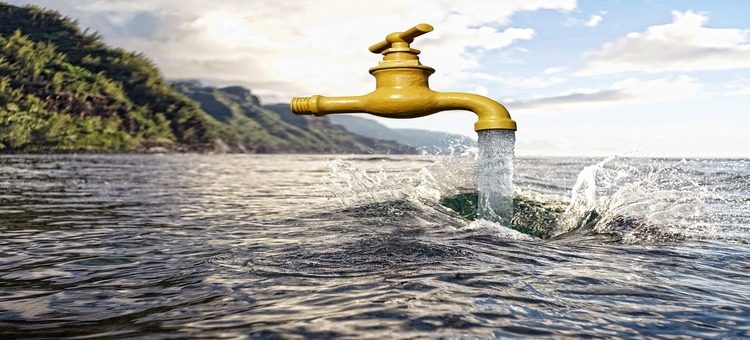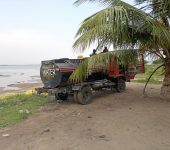How Safe Are We As We Consume “Treated/Potable Water”?

Right from elementary school, Ghanaians are taught to consume safe drinking water. According to World Health Organization’s 2017 report, potable water is water that does not pose a significant risk to health over a lifetime of consumption. The question is, are all Ghanaians consuming safe drinking water? What percentage of the population consumes treated water? Even in urban areas, how many households consume treated water?
Our interest grew in this area when we chanced upon a water tanker parked at the bank of the Weija dam in Tomefa- a community along the Weija dam in the Ga-South district. This was not our first observation either individually or as a duo. After an observation of about twenty minutes, the driver with the aid of one other individual placed the suction pump into the water body and filled the water tanker to the brim, once their mission was accomplished the driver and his aid sped out of sight with the water tanker. Engaging the indigenes in conversations, it was known to us that this was a habitual thing where different water tankers come to fill their tanks with water. We discovered that some even come to the water-bank multiple times a day.
Why is this of concern to us? Mostly, we see these water tankers, distributing water in urban areas and communities, especially in Accra. This happens in areas where households do not receive their water from the major water distributor in Ghana: Ghana Water Company. With Ghana Water Company, we are 99% assured of the reception of treated water up to the world’s standard. However, with regard to these water tankers, we are 0% assured of the treatment of the water retrieved from the dam. So many unresolved questions are associated with the distribution of water by these water tankers.
The following are some of the “unresolved questions”:
- What if the water is not treated before distributing it to consumers?
- What if treatment is done but not up to standard?
- Who is regulating these water tanker distributors?
- In the case where they are freelance water distributors, who authorized them for operations, and who regulate their operations?
All these and many more questions connected to this menace need sound answers for the risk-free health state of consumers.
As a research assistant and a statistician, we are updated with the prevalence of schistosomiasis in the various communities surrounding the Weija dam. Among these communities, Tomefa records the highest prevalence of schistosomiasis. Schistosomiasis also known as bilharzia is a parasitic infection/disease caused by flatworm blood flukes of the genus Schistosoma. The cycle of transmission begins with contamination of the freshwater body by urinal or fecal defecation by an infected person. Bilharzia infection occurs when the larval forms of the parasite are deposited by freshwater snails which can penetrate the skin once there is dermal contact with the infested water.
Although research shows that schistosomes infect people primarily by penetrating the skin, experiments with human schistosomes in monkeys, and S. bovis in goats, suggest that drinking infested water can also cause infection. Also from research, cercariae have a short life span; they are non-feeding, and hence they cannot survive for more than one or two days without infecting a definitive host. It was also observed that both the survival and the infectivity of S. mansoni cercariae begin to decrease after around 10 hours in the water, with very few lasting for longer than 20 hours in the water. Water storage for 24–48 hours before use has therefore long been advocated as a way to prevent schistosome infection
Even with this research outcome, the following instances must be considered.
- What is the duration of distributing the infested water? If it is within 24 hours, the likelihood of the consumers using the infested water and getting infected is high probability.
- Consumers could be domestic or commercial
- This will contribute to a notable prevalence of schistosomiasis in urban cities
- Urban transmission can occur in settings such as an infected person urinating in a swimming pool that has not been chlorinated and it being passed on
With these few observations and deductions, we propose critical attention given to this area to interrupt and prevent urban infection and transmission of schistosomiasis and to reduce the overall prevalence of this infection in Ghana.






This is a very good project Ghanaian s must acknowledge,,,I’m in full support of this…our treated water is not safe at all
Impressive. Well done guys.
Looking forward for improvement in our water supply
So what is the way forward